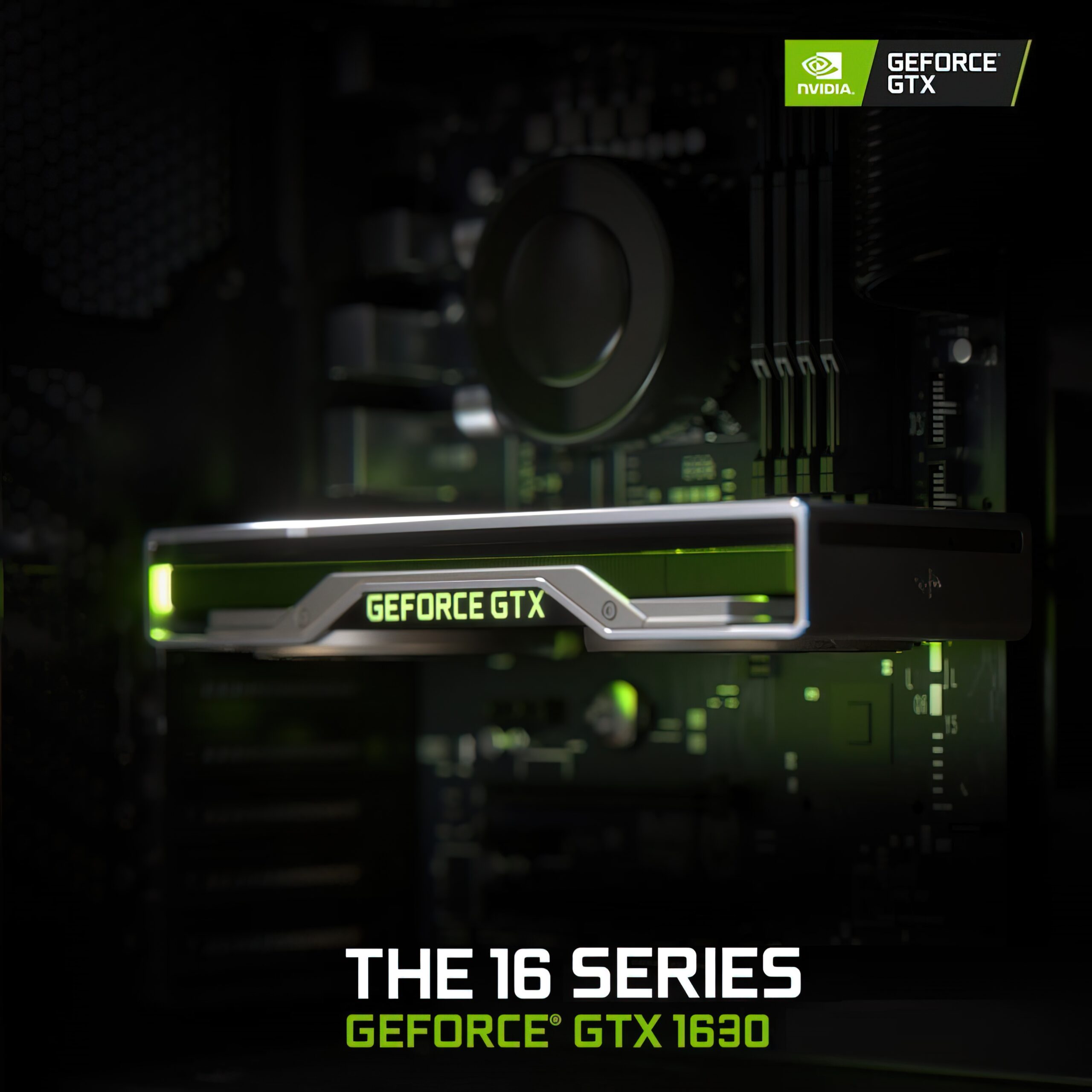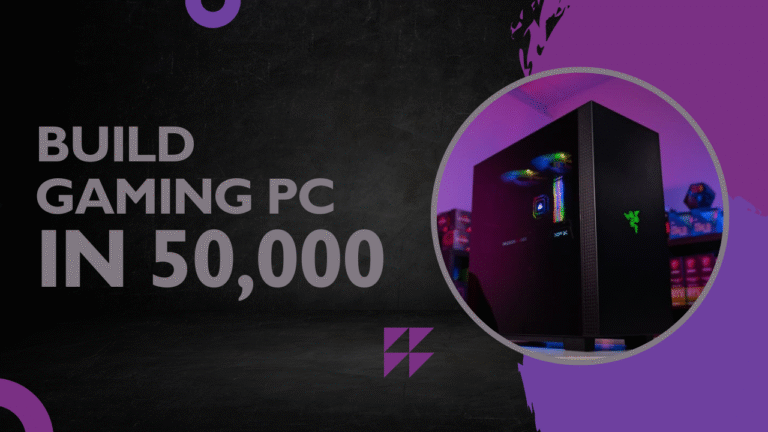
NVIDIA launched its latest entry-level graphics yesterday on 28th June, a successor to the GT 1030 – “Board partner says it is actually replacing NVIDIA GTX 1050 Ti model from 2016” – says videocardz.com.
The GTX 1630 is based on NVIDIA’s older turing graphics architecture and is placed to be NVIDIA’s new entry-level GPU. While the 12nm TU117 supports up to 16 “Turing” SMs, or 1,024 CUDA cores, 64 TMUs, 16 ROPs, and a 128-bit wide memory interface, the GTX 1630 doesn’t seem to max it out by just making the use of 512 CUDA Cores & even the memory bus being halved to 64-bit which in turn means half memory bandwidth as well. Even the GTX 1650 has more CUDA Cores and uses a 128-bit wide memory interface. GPU Clock speed is however significantly higher in the GTX 1630, at 1785 MHz compared to 1665 on the GTX 1650.
While we don’t have any official information about the MSRP of the GTX 1630 from either Nvidia nor board partners, it is being anticipated that these cards will be sold at 150 USD.
FPS Test by TechPowerUp shows the GTX 1630 performs approximately 46.85% slower than the GTX 1650 & 70.85 % than the RX 6500 XT
Our friends at TechPowerUp managed to get their hands on a GTX 1630 model from board partner Gainward. They performed FPS tests on various graphics cards including the GTX 1630, 1650 & RX 6500 XT as well. The average FPS chart shows the GTX 1630 is even slower than the RX 6500 XT it’s directly competing with. The average FPS Test is as follows:

Although the GTX 1630 failed to outperform the RX 6500 XT, it has at least managed to be power efficient. While gaming, the GTX 1630 consumed 57.97% less power than the RX 6500 XT & 40.65 % less than the GTX 1650. When the test system was placed in idle mode, the RX 6500 XT, however, did manage to consume less than the GTX 1630, otherwise, in most of the workloads, the GTX 1630 has proved to be more efficient.
Read the full review at TechPowerUp







![Best Gaming CPU under 10000 Rs. in India [2025 Edition]](https://techneg.co.in/wp-content/uploads/2025/07/Best-Gaming-CPU-under-10000-Rs.-in-India-2025-Edition-768x432.png)